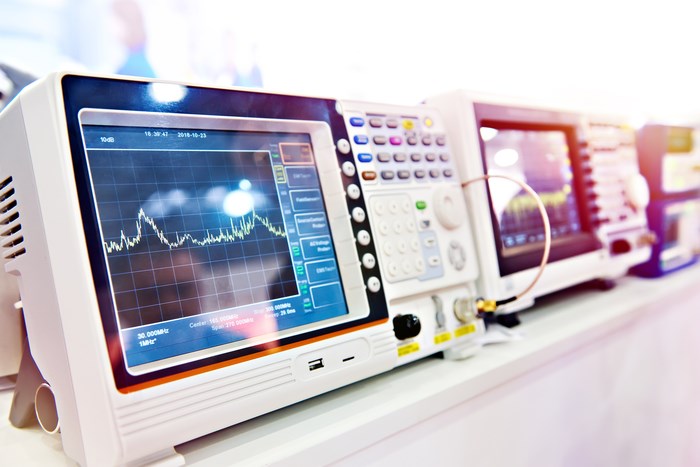Impact on medical device manufacturers under the MDR 2017/745/EU
The Medical Devices Regulation (MDR 2017/745/EU) is a significant step forward in aligning European Union legislation with technological advancements, advancements in medical science, and the evolution of legal frameworks. Unlike directives, regulations do not require translation into national law, streamlining the interpretation of regulations across the EU market.
By understanding the MDR requirements, manufacturers can navigate the intricate landscape of compliance and contribute to safer and more effective medical devices in the European market.
Manufacturer's responsibilities
The MDR outlines the obligations of manufacturers in the medical device industry. These obligations range from risk management and quality management systems to clinical evaluations and technical documentation. According to Article 10 of the regulation, manufacturers must:
- Implement systems for risk management (Paragraph 2).
- Establish a quality management system (Paragraph 9).
- Conduct clinical evaluations (Paragraph 3).
- Compile technical documentation (Paragraph 4).
- Apply a conformity assessment procedure (Paragraph 6).
- Appoint a named person responsible for regulatory compliance (Article 15).
- Develop systems to cover financial responsibility for harm caused by defective devices (Paragraph 16).
- Assume responsibility for their devices once they enter the market (Paragraphs 12, 13, 14).
- For certain implantable devices, provide an implant card to the patient (Article 18).
- After fulfilling these obligations, manufacturers should create a declaration of conformity (Article 19) and affix the CE marking to their devices (Article 20).
- Manufacturers located outside the EU/EEA should establish a contract with an authorized representative within the EU/EEA (Article 11).
Determining Your Obligations as a Manufacturer
Manufacturers must assess the conformity of their devices, and this process may necessitate the involvement of a Notified Body, especially for Class IIa, IIb, and III devices, and certain specific Class I devices. Other crucial points to consider include:
- Clinical evaluation: The MDR introduces substantial changes in clinical evaluation requirements (Article 61), making it one of the most significant changes compared to the previous regime.
- Risk management: The MDR provides 22 rules for determining risk classes (Annex VIII), compared to 18 under the previous Directive. Notably, rules regarding invasive devices, surgically invasive devices, implantable devices (Section 5: Rules 5 to 8), active devices (Section 6: Rules 9 to 13, including software under Rule 11), devices utilizing tissues and cells (Rule 18), devices incorporating nanomaterials (Rule 19), and devices composed of substances (Rule 21) require special attention.
- Quality management system: The regulation outlines different routes of assessment based on the device's classification, as described in Article 52 and Annexes IX, X, XI.
- Device identification: The MDR introduces a system of unique device identifiers (UDIs) to enhance device identification (Article 27) and traceability (Article 25). Each medical device, and where applicable, each package, will have a UDI comprising a device identifier (UDI-DI) specific to the device and a production identifier (UDI-PI) to identify the unit producing the device.
- Liability for defective devices: Manufacturers are required to maintain appropriate product liability insurance with sufficient minimum coverage or arrange an equivalent financial guarantee to ensure that patients harmed by faulty medical devices receive compensation for any damage and associated treatment.
This comprehensive overview underscores the significant impact of the MDR on medical device manufacturers and highlights key areas to focus on for compliance.
Need help?
Understanding and adhering to the MDR obligations are crucial for ensuring the successful placement of compliant devices in the market. That is not always an easy route to navigate. If you need help or have questions, do not hesitate to contact us via medical@kiwa.com or your local contact person.
More information can also be found in the factsheet for Manufacturers of Medical Devices



